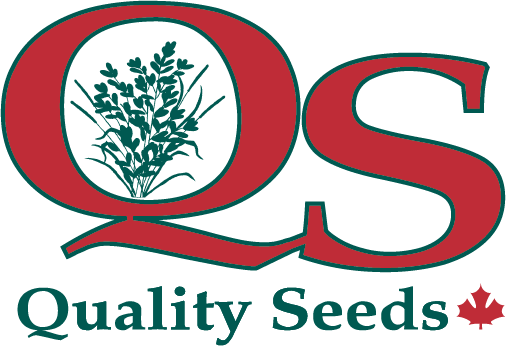Serious About Sod – Summer 2021

1. Hairy Chinch Bug –A Developing Problem?
2. Aerators –Which is Best: Plug or Spike?
3. Leaf Spot (Helminthosporium)
4. Summer Checklist of Things To Do
1. Hairy Chinch Bug –A Developing Problem?
Over the last few years, hairy chinch bug has become a more prominent pest in some sod fields. Adults are very small, black and white in colour with reddish-brown legs and two pairs of wings. Both adults and nymphs have piercing-sucking mouth parts.
Most of the damage is caused by the feeding of the nymphs. Damage first occurs near fence lines, hedgerows and forested areas. In mid-late July, fist-sized sunken areas appear in the sod as the juices are sucked out of the plants. During hot dry summers, these symptoms quickly spread resulting in large areas of dead nursery sod.
The majority of the damage occurs from mid-July to mid-August. Adults emerge in early August and can continue to feed for several weeks before finally moving off into overwintering sites, usually fence lines and treed areas. There is one generation per year.
Damage from hairy chinch bug appears similar to bluegrass billbug damage. To distinguish the difference in damage between the two insects, the following can be observed:
• Hairy Chinch Bug –the dead grass blades will remain attached to the roots
• Bluegrass Billbug –the dead grass blades can be easily pulled out using the tug test as
the grass blades are not attached to the roots
The damage caused by both these insects can often be confused with drought.
Scouting for Hairy Chinch Bug
The best method to determine chinch bug activity is to cut a 20 cm X 20 cm (6” X 6”) square of sod and place it in a pail of water. Within 2-5 minutes any chinch bug in the sod will float to the top. The threshold for control is 10 or more chinch bugs per cut square. The time for checking for chinch bug activity is early July.
Registered Control Products For Hairy Chinch Bug
• Lorsban 4E*
• Dursban*
• Acelepryn (chlorantranilipro) –suppression
*Last date of use is Dec. 23, 2023
To improve the performance of these insecticides, add Disclose pH water conditioner.
2. Aerators –Which is Best: Plug (Core) or Spike (Blade)?
The advantages of aerating nursery sod are:
• To reduce soil compaction
• To increase the penetration of nutrients and water into the turf
• To enhance irrigation and rain water efficiency
• To allow more oxygen into the soil to stimulate more root development
The best time to aerate is in the spring (May-June) and in the fall (September).
Plug (core) aeration is best used on clay and clay loam soil types, whereas spike (blade) aeration is more suited to silt and sandy loam soils. With plug (core) aeration, sod harvest can resume once the plugs break down on the sod surface. With spike, especially with blade or knife-type aerators, it usually will take 7 to 8 weeks for the sod to knit together before sod harvest can proceed.
3. Leaf Spot (Helminthosporium)
This disease can cause melting out of the sod, especially under hot wet conditions, resulting in the total loss of a sod field.
Symptoms of disease usually first appear in the spring as water-soaked spots on the leaves, which darken to a reddish-purple to brown lesion forming oval spots with bleached out centers. If this infection spreads to leaf sheaths and rhizomes, it will cause the girding of these plant parts, resulting in the death of the sod. This disease has been found in a few sod fields in Ontario over the last 2 years.
Managing Leaf Spot
• Use resistant Kentucky bluegrass cultivars
• Avoid heavy thatch build-up
• Do not apply heavy application of nitrogen in the spring
• Apply Daconil (chlorothalonil) when spots begin to appear
4. Summer Checklist of Things To Do
1. Do a soil test about 1 month before August seeding begins.
2. Monitor all fields for European Chafer adult activity in mid-June.
3. Check for Crane Fly adult activity in August.
4. Control perennial weeds prior to seeding. When using Roundup, be sure to condition
the spray water with Disclose pH to maximize Roundup performance.
If you have any questions or need further information, please contact me. Joe Uyenaka CCA- ON
705-791-9321
